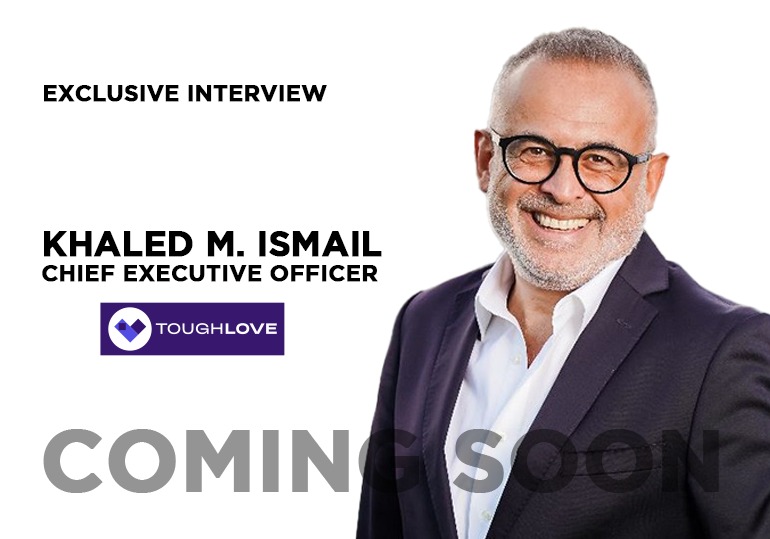Email marketing is a cost-effective and
highly efficient way to reach out to customers, develop relationships, and
increase sales. However, it can be difficult to create email campaigns that
engage your audience and achieve your desired outcomes. In this blog post,
we'll share some of the best practices for crafting effective email marketing
campaigns.
- Build a high-quality
email list
Creating a successful email marketing
campaign requires a high-quality email list. You want to ensure that you are
reaching out to people who are interested in your products or services and have
given you permission to contact them. Building a high-quality email list can
take time and effort, but it pays off in the long run. To build a high-quality
email list, offer incentives such as exclusive content or discounts to people
who sign up. You can also collect email addresses through your website or
social media channels. It’s important to make it easy for people to sign up and
be clear about what they can expect from your emails. By building a strong
email list, you can increase the effectiveness of your email marketing
campaigns and drive more sales.
Personalization is key to creating
effective email marketing campaigns. When you personalize your emails, you make
your subscribers feel valued and recognized, which can lead to higher open and
click-through rates.
You can personalize your emails by
including the recipient's name in the subject line or body of the email,
segmenting your email list based on interests or behaviors, and sending
targeted messages based on previous purchases or interactions with your brand.
- Write compelling subject
lines
Your subject line is the first thing that
your subscribers will see, and it can make or break your email campaign. To
write compelling subject lines, keep them short and to the point, use
action-oriented language, and include a clear value proposition.
You can also experiment with different
subject lines to see what works best for your audience. A/B testing is a great
way to test different subject lines and optimize your email campaigns for
maximum engagement.
- Use a clear and concise
message
When crafting your email message, make
sure to keep it clear and concise. Use short paragraphs, bullet points, and
images to break up the text and make it easier to read.
Your email message should also have a
clear call-to-action (CTA) that tells the recipient what to do next. Whether
it's to make a purchase, sign up for a free trial, or visit your website, make
sure your CTA is prominent and easy to understand.
- Optimize for mobile
devices
More and more people are checking their
email on their mobile devices, so it's essential to optimize your email campaigns
for mobile. Use a responsive design that adjusts to different screen sizes and
make sure your text and images are easy to read on a smaller screen.
You should also make sure your CTA is easy
to tap on a mobile device and that your email loads quickly. Slow-loading
emails can lead to high bounce rates and lower engagement.
- Test and analyze your
campaigns
Testing and analyzing your email campaigns
is essential to improving their effectiveness. A/B testing can help you test
different subject lines, messaging, and CTAs to see what resonates best with
your audience.
You should also analyze your email
campaign metrics, such as open rates, click-through rates, and conversion
rates, to see what's working and what's not. Use this data to refine your email
campaigns and improve their performance over time.
In conclusion, creating effective email
marketing campaigns takes time, effort, and a commitment to best practices. By
building a high-quality email list, personalizing your emails, writing
compelling subject lines, using clear and concise messaging, optimizing for
mobile devices, and testing and analyzing your campaigns, you can create email
campaigns that engage your audience, drive sales, and build lasting
relationships with your customers.


.png)

.jpeg)

.png)
.png)